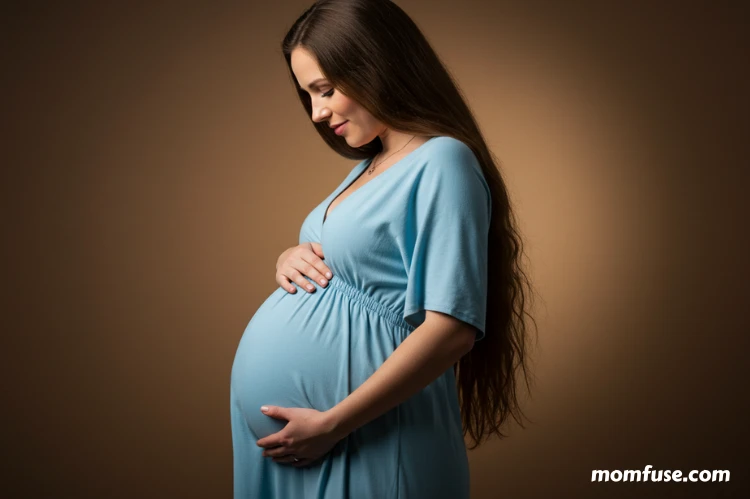Pregnancy brings remarkable changes to your body, including your hair. While many women experience thicker, more lustrous hair during pregnancy due to hormonal changes, the postpartum period often tells a different story. Understanding how to care for your hair throughout this journey is essential for maintaining healthy locks and managing the inevitable changes that come with motherhood.
Eat a Balanced Diet

Your hair’s health begins from within, making nutrition the foundation of effective hair care during pregnancy and beyond. The vitamins and minerals you consume directly impact hair growth, strength, and overall appearance. Focus on incorporating protein-rich foods like lean meats, fish, eggs, and legumes, as hair is primarily composed of keratin, a protein structure that requires adequate amino acids for proper formation.
Iron deficiency is widespread during pregnancy and can lead to significant hair loss. Include iron-rich foods such as spinach, lentils, and lean red meat in your daily meals. Vitamin C enhances iron absorption, so pair these foods with citrus fruits, strawberries, or bell peppers. Omega-3 fatty acids found in salmon, walnuts, and flaxseeds promote scalp health and add natural shine to your hair.
Don’t overlook the importance of biotin, Vitamin D, and zinc, which support hair follicle health and prevent excessive shedding. Prenatal vitamins often contain these nutrients, but whole foods remain the best source for optimal absorption and utilization.
Get Regular Hair Trims
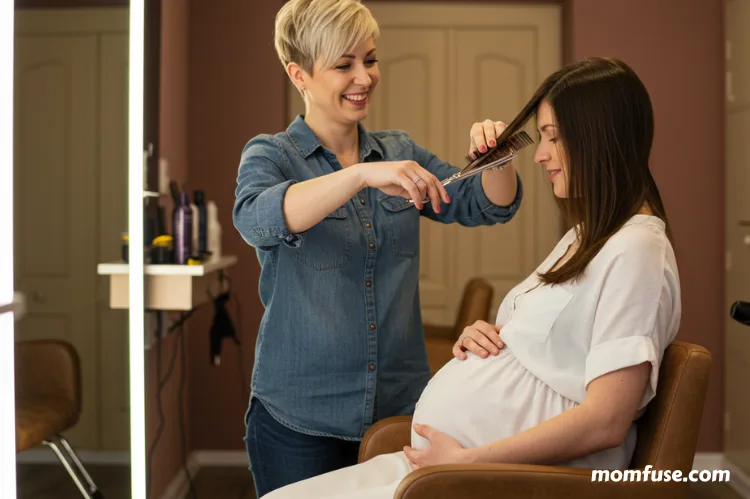
Maintaining regular trims every six to eight weeks becomes even more crucial during pregnancy and the postpartum period. Hormonal fluctuations can cause hair to become drier at the ends, leading to split ends and breakage that travels up the hair shaft if left untreated.
Professional stylists at a hair salon Denver CO can assess your hair’s changing needs and recommend appropriate cut styles that accommodate your new lifestyle as a mother. They can also identify any scalp issues or hair concerns that may require special attention during this transitional period.
Regular trims don’t make your hair grow faster, but they prevent damage from compromising your hair’s length and health. This is particularly important during postpartum hair shedding, when maintaining the integrity of existing hair becomes paramount.
Avoid Combing Wet Hair
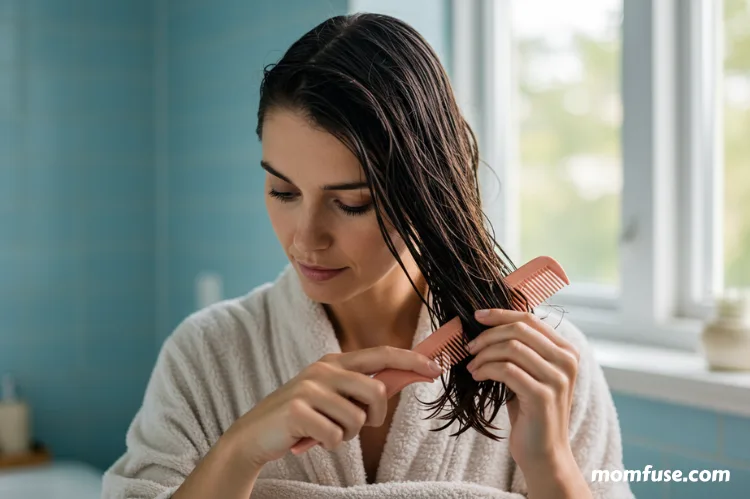
Wet hair is at its most vulnerable state, with the hair shaft swollen and weakened by water absorption. Combing or brushing wet hair can cause significant breakage, particularly during pregnancy when hormonal changes may already affect hair texture and strength. Instead, gently detangle your hair before washing, using a wide-tooth comb or your fingers to work through knots.
If you must detangle your hair, use a wide-tooth comb and start from the ends, working your way up to the roots. Apply a detangling spray or a leave-in conditioner to reduce friction. Never use a fine-tooth comb or regular brush on wet hair, as this can cause irreversible damage and contribute to postpartum hair loss.
The best practice is to gently squeeze excess water from your hair with a microfiber towel or cotton t-shirt, then allow it to air dry until it’s slightly damp before any styling or brushing.
Use Mild Hair Care Products
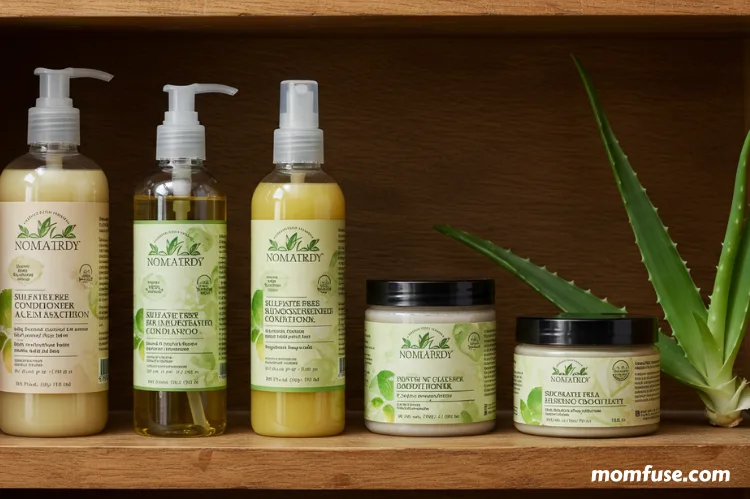
Pregnancy often increases skin sensitivity, including your scalp, making it essential to choose gentle, sulfate-free shampoos and conditioners. Harsh chemicals can strip natural oils, leading to dryness and irritation. Look for products labeled as “gentle,” “sensitive,” or “natural” that contain nourishing ingredients like aloe vera, coconut oil, or chamomile.
Avoid products with strong fragrances, as pregnancy can heighten scent sensitivity and trigger nausea. Dry shampoo becomes particularly valuable during pregnancy when energy levels fluctuate and washing frequency may decrease.
Avoid Heat Styling
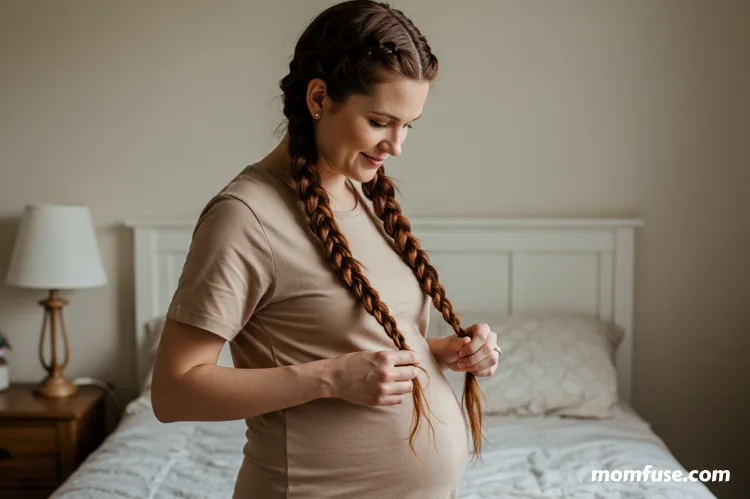
Heat styling tools can damage already vulnerable pregnancy hair and exacerbate postpartum hair loss. High temperatures weaken the hair cuticle and can cause permanent damage to the hair shaft. Embrace your natural texture and opt for heat-free styling methods like braids, buns, or twist-outs.
If you must use heat tools, protect your hair first. A lightweight, salon-grade formula like the Amika Heat Protectant Spray helps shield strands from high temperatures while keeping them smooth and hydrated. Use the lowest practical temperature setting, limit styling to once or twice a week, and always ensure your hair is completely dry before applying heat.
Endnote
By following these evidence-based hair care strategies, you can maintain healthy, beautiful hair throughout pregnancy and beyond, setting the foundation for long-term hair health as you navigate motherhood.
Read Next: Pregnancy Symptoms Guide: Understanding Early Body Changes

